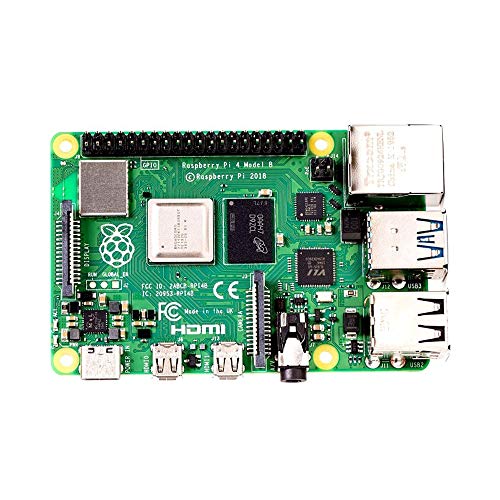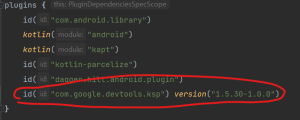When you think of a computer, you likely envision a bulky desktop or laptop. But what if I told you that there’s a computer that fits in the palm of your hand? Meet Raspberry Pi.
Raspberry Pi is a tiny, credit card-sized computer that was first developed in the UK in 2012. It was designed to be an affordable tool to help people learn about computer programming and electronics, and to make technology more accessible to everyone.
Since its launch, Raspberry Pi has taken the world by storm. It’s been used for a wide range of projects, from building robots and drones to creating retro gaming consoles and smart home devices. It’s even been used to power a supercomputer!
So, what makes Raspberry Pi so special?
Firstly, its size. The compact design of Raspberry Pi means that it can be easily integrated into a variety of projects, without taking up too much space.
Secondly, its affordability. Raspberry Pi is significantly cheaper than a traditional desktop or laptop computer, making it accessible to people who might not otherwise be able to afford a computer.
But perhaps the most impressive thing about Raspberry Pi is its versatility. It can be used for just about anything you can imagine, thanks to its ability to run a variety of operating systems and software.
For example, you could use Raspberry Pi to build a media center, complete with streaming services and a built-in hard drive. Or, you could use it to power a DIY security camera, complete with motion sensors and live streaming capabilities. You could even use it to build a home automation system, controlling everything from your lights to your thermostat with just a few clicks.
And the best part? Raspberry Pi is incredibly easy to use, even if you have no prior experience with computer programming or electronics. There are countless tutorials and resources available online to help you get started, and the Raspberry Pi community is always eager to offer advice and support.
In conclusion, Raspberry Pi is a powerful tool that has opened up a world of possibilities for hobbyists, makers, and educators. Whether you’re interested in learning about computer programming, building a smart home device, or just tinkering with electronics, Raspberry Pi is the perfect tool for the job. So why not give it a try and see what you can create?
At its core, Raspberry Pi is a single-board computer that runs on a variety of operating systems, including Raspbian (a Debian-based Linux distribution), Ubuntu, and Windows 10 IoT Core. It’s powered by a Broadcom BCM2835 system-on-chip, which includes a 1.2GHz quad-core ARM Cortex-A53 CPU, 1GB of RAM, and a VideoCore IV GPU.
Despite its small size and low cost, Raspberry Pi is surprisingly powerful. It’s capable of running a variety of applications, including web browsers, text editors, media players, and programming environments like Scratch and Python.
One of the things that makes Raspberry Pi so versatile is its GPIO (General Purpose Input/Output) pins. These pins allow you to connect the Raspberry Pi to a wide range of sensors, motors, and other electronic components, making it perfect for experimenting with electronics and building your own projects.
For example, you could use the GPIO pins to connect a temperature sensor, and then use Python to write a program that reads the temperature and displays it on an LCD screen. Or, you could use the GPIO pins to control a motor, and build a robot that can navigate around your house.
The Raspberry Pi Foundation, the organization behind Raspberry Pi, is committed to making technology more accessible to everyone. They offer a wide range of educational resources and projects, including online courses, tutorials, and project guides, to help people learn about computer programming and electronics.
They’ve also developed a range of add-ons and accessories for Raspberry Pi, including camera modules, touchscreens, and cases, to help you customize your Raspberry Pi and build your own projects.
Overall, Raspberry Pi is an incredibly powerful and versatile tool that has opened up a world of possibilities for makers, hobbyists, and educators. Whether you’re interested in building your own smart home devices, experimenting with electronics, or learning about computer programming, Raspberry Pi is the perfect tool for the job.
Advantages of Raspberry Pi:
- Affordability: Raspberry Pi is significantly cheaper than a traditional desktop or laptop computer, making it accessible to people who might not otherwise be able to afford a computer.
- Compact Size: The compact design of Raspberry Pi means that it can be easily integrated into a variety of projects, without taking up too much space.
- Versatility: Raspberry Pi is capable of running a wide range of operating systems and software, making it suitable for a variety of applications.
- Low Power Consumption: Raspberry Pi consumes very little power, making it an ideal solution for energy-efficient projects.
- Educational Value: Raspberry Pi is a great tool for learning about computer programming and electronics, thanks to its ease of use and wealth of educational resources.
Disadvantages of Raspberry Pi:
- Limited Performance: Raspberry Pi is not as powerful as a traditional desktop or laptop computer, and may struggle with more demanding applications.
- Limited Storage: Raspberry Pi typically comes with limited storage capacity, which may not be sufficient for some applications.
- Limited Connectivity: Raspberry Pi may have limited connectivity options compared to traditional desktop or laptop computers.
- Limited Graphics Capabilities: While the Raspberry Pi’s VideoCore IV GPU is capable of running basic 3D graphics, it may not be powerful enough for more demanding applications.
- Limited Support: While the Raspberry Pi community is generally very helpful and supportive, support options may be limited compared to traditional desktop or laptop computers.










